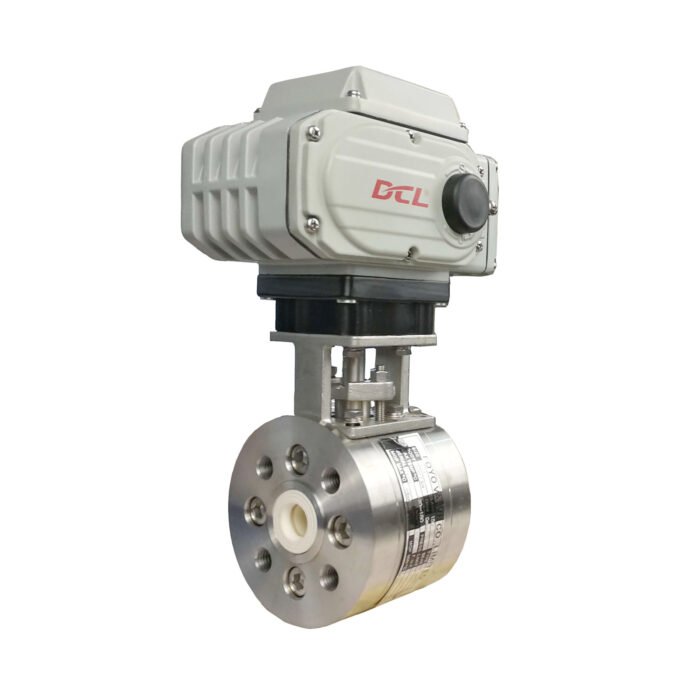The electronic pressure control valves have many advantages over mechanical regulator designs. An automatic pressure regulator controls the pressure and stabilizes the flow. Our electronic pressure regulators come in various configurations regardless of the different downstream conditions. A simple device may suffice when accuracy is of little importance. But the digital pressure regulator offers greater precision. Variable-rate control via control signal and feedback signals to create closed-loop pressure control. Manufactures electronic pressure controllers for demanding medical product applications. semiconductor manufacturing and test engineering industry.
Electro Pneumatic Pressure Regulator Offer:
Flow and pressure cannot be assumed to be constant. Pumps and compressors send pulses. And pressure fluctuations on demand When the mechanical pressure regulator lacks accuracy or does not respond quickly enough, The result is that the process is unstable, and the temperature, concentration, and moisture level will vary. This causes inconsistencies that reduce your process capability and productivity.
The digital pressure regulator offers superior resolution, repeatability, and responsiveness. This can be achieved by the patented dual proportional valve design. Coupled with our advanced PID control technology, the result is greater output flow and pressure stability. This reduces variability and creates more consistent process control.
Applications of Pneumatic Regulators for Closed-Loop Control:
The electronic pneumatic regulator is generally only adjusted by hand. This limits its usability in high-tech applications. The precise output voltage can be dynamically controlled when a digital pressure regulator is used with the digitally controlled systems such as a microcontroller device. An internal pressure transducer creates a truly closed-loop control device. And provide feedback voltage of current output voltage. The control system will make adjustments in real-time by reading the feedback signals from the electronic pressure controller. The best part is that it improves consistent pressure control in the most common & demanding applications.
Pressure Regulators:
The pressure regulators are available in high- & low-flow versions, along with the pressure from vacuum to 100 psi. Our electronic pressure regulator can be configured to use an externally supplied dynamic input signal. o On-board adjustable potentiometer There are options for 0-5 or 0-10 V control/feedback signals. Input power can be 12 or 24 V.
The high flow pressure regulators are designed especially for up to 515 pm/18.2 scfm. The low flow pressure controllers have an upper limit of about 6 pm/0.25 scfm. The pressure relief valve also works up to 515 pm/18.2 scfm. (All currents are 100 psi). The regulator is for outlet pressure from -14.7 to over 100 psi. Various types of fluid joints are available in the market for different types of applications. Low flow regulators are specified with the OD tube fitting of 1/8″ FPT, 1/4″ FPT, 5/32″, or #10-32 female port. High flow pressure regulators have the option of 1 connection port along with the feature of a discharge / Exhaust port. The pressure control valve can be configured with 1/8″ FPT or 1/4″ FPT connections.
Upper Electronic Pressure Control:
Incorporating patented technology, the digital pressure regulator offers unique, closed-loop outlet pressure control. Fast response coupled with high-resolution repeatability and excellent linearity Ensures the stability required for processes sensitive to pressure changes.
A Superior Kind of Digital Pressure Regulator
By incorporating patented technology, Genndih digital pressure regulators provide exceptional closed-loop, proportional control over output pressure.
Our electronic pressure regulators come in many forms. A simple device may be enough when accuracy matters little, but a digital pressure regulator delivers better accuracy, variable control rates via a control signal, and a feedback signal to create closed-loop pressure control.
Fast response, coupled with high resolution, repeatability, and excellent linearity ensures the stability needed by processes that are sensitive to pressure variation. Learn more about our digital pressure regulators by contacting Genndih today and you will get the information that you require in the future for process.

